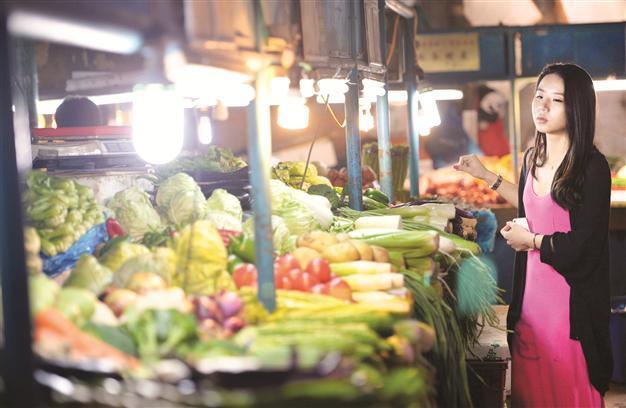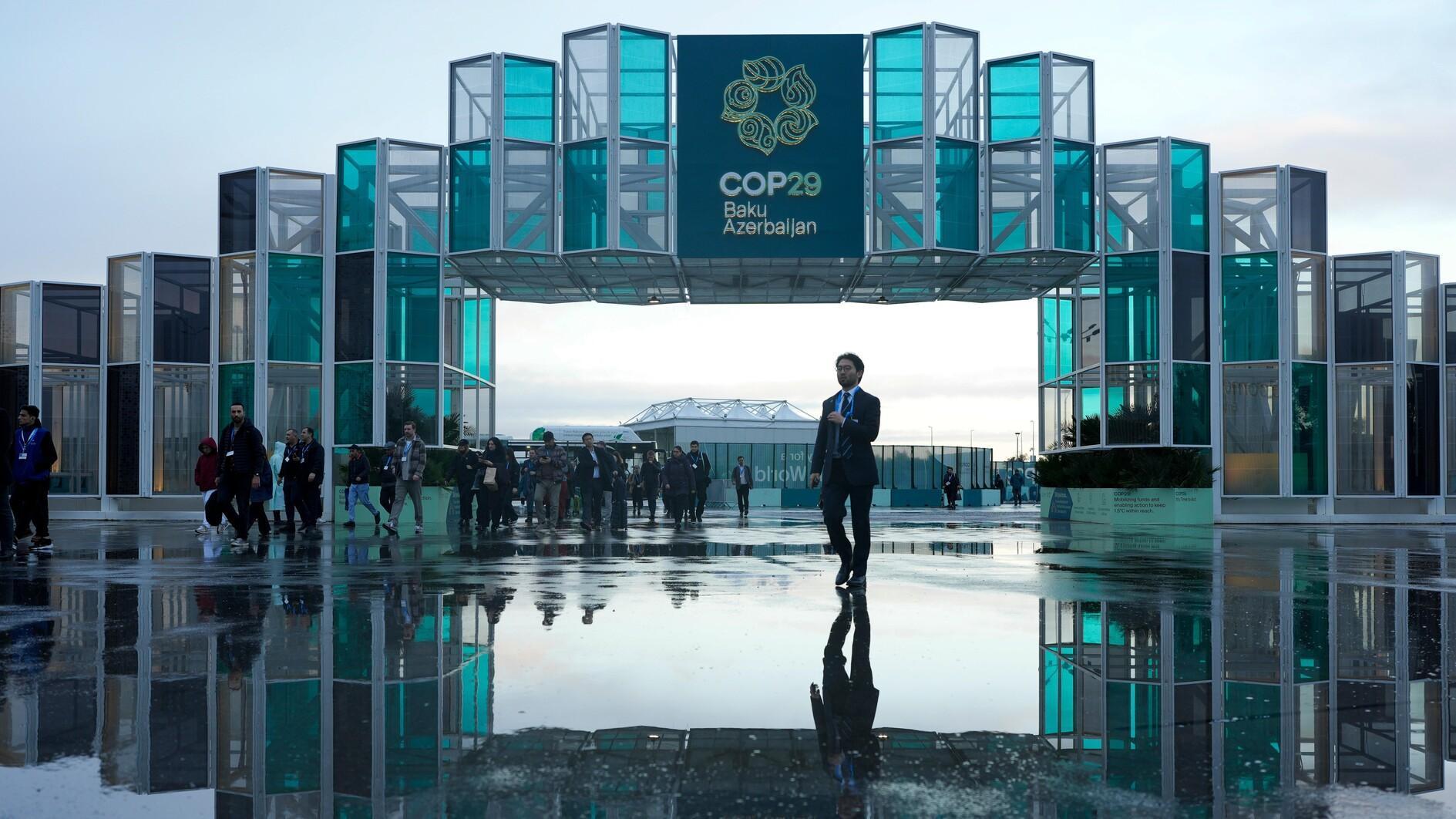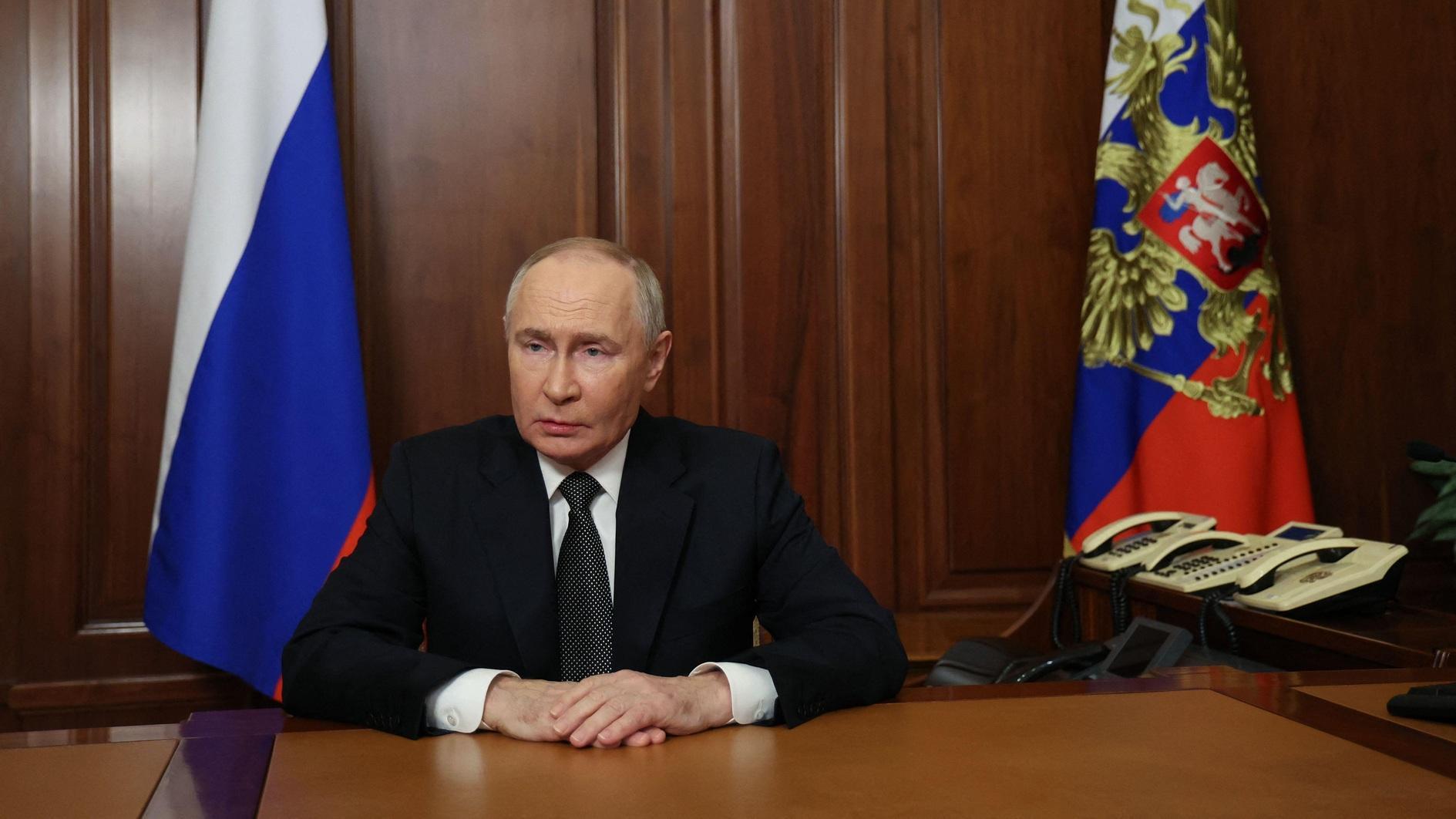China inflation, lending falls point to economic weakness
BEIJING - Reuters

A customer buys vegetables at a market in Shanghai. China’s inflation eased to 2.1 percent year-on-year in May from 2.4 percent in April, official data showed with analysts citing a fall in vegetable prices. AFP photo
China’s annual consumer inflation slowed in May while growth in bank lending fell below expectations, data showed on June 9, piling up more evidence that the world’s second-largest economy could slow further in the current quarter. The National Bureau of Statistics said China’s consumer inflation slowed to 2.1 percent, the lowest in three months, while producer prices fell 2.9 percent from a year earlier, the lowest since September. Economists polled by Reuters had expected annual consumer inflation of 2.5 percent and factory-gate prices to fall 2.5 percent in May.“The inflation data showed China’s economic growth continued to slow down. Q2 growth is probably even slower than Q1. In particular, the PPI data showed very weak demand,” said Jianguang Shen, chief China economist at Mizuho Securities Asia in Hong Kong.
Adding to the evidence of a slowdown was separate central bank data showing that Chinese banks lent 667.4 billion yuan ($109 billion) in new local currency loans in May, missing market expectations of 850 billion yuan and lower than April’s 792.9 billion yuan.
The broad M2 money supply rose 15.8 percent in May from a year earlier, slightly below a median forecast of 15.9 percent in a Reuters poll, while China’s total social financing aggregate, a broad measure of liquidity in the economy, was 1.19 trillion yuan in May versus 1.75 trillion yuan in April.
The subdued inflation will enable China to keep an easy monetary stance and some see the possibility that the People’s Bank of China could cut rates later this year to reduce financing costs for struggling Chinese firms, provided that housing inflation does not flare up.
“China has rising room and the possibility to cut interest rates in the second half of this year,” Shen added.
“The financing cost for companies is very high now and the central bank should further pursue interest rate liberalization. China’s fiscal policy in the second half needs to protect consumption growth and support investment.”
China’s economy grew at its slowest pace for 13 years in 2012, and it has so far surprised on the downside, bringing warnings from some economists that the country would even miss its annual growth target of 7.5 percent.
Foreign trade falls
On June 8, data showed that China’s exports posted their lowest growth rate in almost a year in May while imports unexpectedly fell, underlining concerns that growth in the world’s second-largest economy could slow anew in the second quarter.
Government economists from top think-tanks in Beijing told Reuters this week that the new leadership of President Xi Jinping and Premier Li Keqiang will tolerate quarterly growth to slip as far as 7 percent before hitting the stimulus button.
Li had struck a more upbeat note on Saturday, being quoted by state television as saying that China’s economy was generally stable, growth was within a “relatively high and reasonable range” and the employment situation was stable.
Month-on-month, consumer prices fell 0.6 percent in May versus a forecast for a drop of 0.2 percent.
Over 80 percent of the monthly fall in the CPI was accounted for by a fall in vegetable prices as supply increased due to warm weather. Vegetable prices fell 13.8 percent in May from April, dragging down the month-on-month headline CPI by 0.5 percentage points.
















